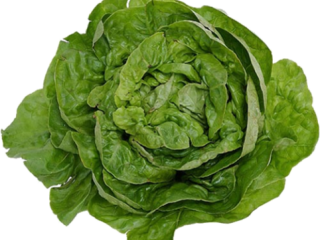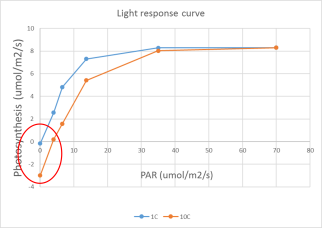
Research Results
LED there be light for fresh-cut lettuce
Due to the severe wounding of plant material and subsequent storage in darkness, the shelf life of fresh-cut leafy vegetables is generally short, as determined by visual appearance. Can light during postharvest storage maintain product quality?

Objective
The question that we studied is: Can light during postharvest storage affect product quality? If so, how does it work?
Light improves quality and shelf life
The absence of photosynthesis in darkness, and as a consequence the rapid decline in carbohydrate levels, have been proposed as the main causes of dark-induced senescence. Our research showed that light levels (5-30 µmol m-2 s-1) resulted in better quality and longer shelf life of fresh-cut butterhead lettuce stored at 12°C. There was less browning on the cut edges, the leaves were more crisp, indicating delayed senescence.
Looking at the carbohydrate levels, it was seen that light results in carbohydrate accumulation in the leaves, while in dark storage the levels go down. The light also preserved the L-ascorbate levels (Vitamin C) in the fresh-cut lettuce.


Low temperature combined with low light preserves quality for a longer time
The results are an indication that it works through photosynthesis. In the following figure light response curves of lettuce show that at 10C a light level of 5 µmol m-2 s-1 PAR is slightly above the light compensation point, meaning there is net photosynthesis due to low respiration, resulting in sugar production. Moreover, it is shown that at lower storage temperature the leaves have even lower light compensation points. This supports the finding that a combination of low temperature with a low light level preserves quality of fresh-cut leafy vegetables for a longer time.

Conclusion and future perspective
This research showed that adding light to green tissues in the postharvest stage stimulates photosynthesis, leading to an improvement of the sugar and Vitamin C (antioxidant) status resulting in a longer shelf life. Adding a low light level in cold storage rooms, refrigerated transport or in supermarket can be beneficial for quality of the lettuce. A combination of light (LED) treatment with post harvest management is a tool to optimize the supply chain. The current developments in LED technology can facilitate the application of light during post harvest stages.
